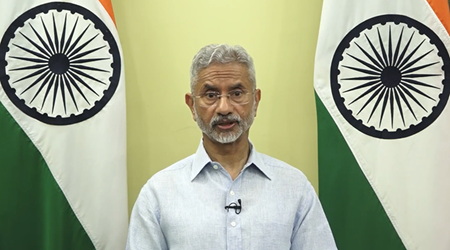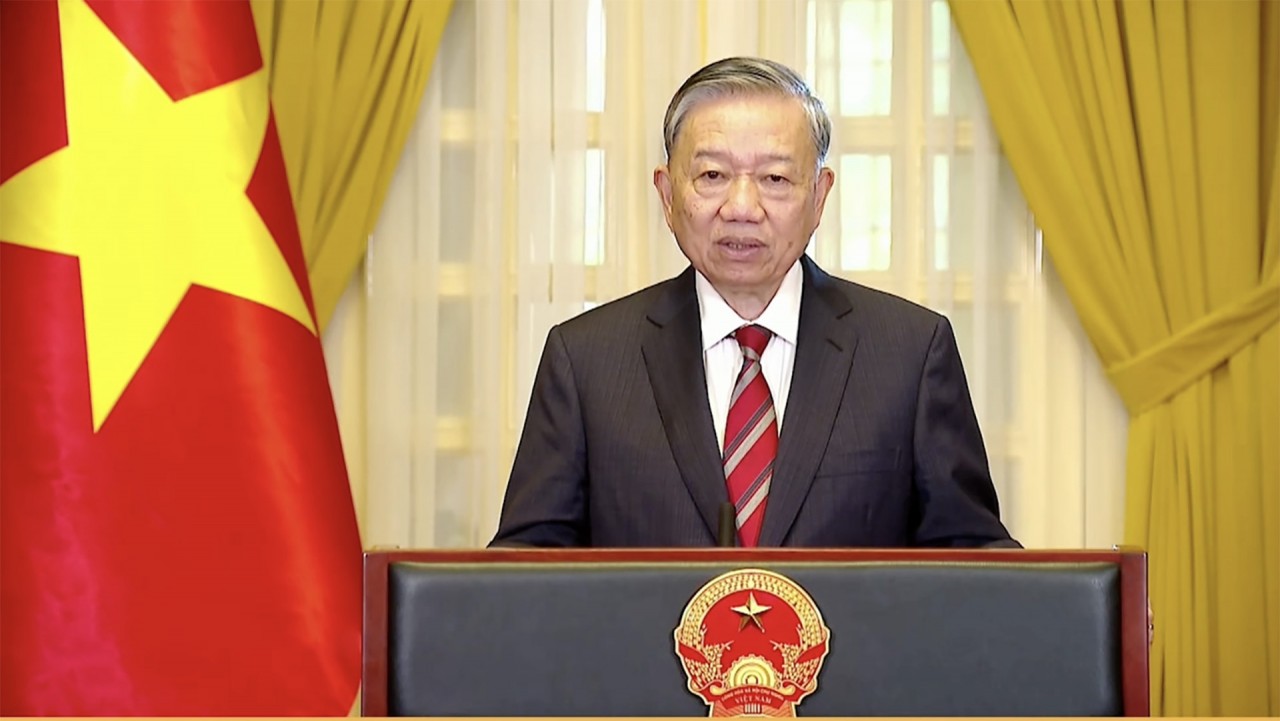
Macroeconomic stability and growth targets require consideration
Latest
| TIN LIÊN QUAN | |
| Lifting country to new development level | |
| Vietnam’s growth estimated at 6.9-7% in 2018: NFSC | |
 |
| Illustrative image. (Photo: VGP) |
This comes after a recent meeting held with Prime Minister Nguyen Xuan Phuc in attendance saw the National Financial and Monetary Policy Advisory Council agree on a scenario regarding 3% to 4% economic growth and inflation control below 4%. Yet this scenario remains quite optimistic compared to forecasts of organizations and research agencies.
The Vietnam Economic Report for the first half of 2020 released by the Central Institute for Economic Management (CIEM) over the weekend offered two forecast scenarios for the Vietnamese economy this year, with growth potentially reaching 2.1% in scenario one and 2.6% in scenario two. Annual exports are projected to drop by 3.1% in scenario one and to 1.9% in scenario two when compared to 2019.
The trade surplus is forecast to stand at US$1.7 billion and US$2.1 billion, respectively, whilst average inflation for the year will be controlled at 4.3% and 4.5%, respectively.
These CIEM scenarios are even more cautious than the forecast of Vietnamese GDP growth of 2.8% for this year given by international experts from Bloomberg.
| Read more |
 Ministry to support industrial sectors to enhance production growth Ministry to support industrial sectors to enhance production growth |
CIEM experts argue that data published until June is unlikely to reflect the serious consequences of the novel coronavirus (COVID-19) pandemic among both the domestic and global economy. One factor is that several governments have swiftly taken support measures, largely because the pandemic hit quickly in a short period of time, thus being unable to recognize and assess impacts in a comprehensive manner.
According to Dr. Tran Thi Hong Minh, CIEM Director, the country is a developing economy that is heavily reliant on exports and foreign investment, therefore it suffers from both the direct and indirect consequences of the COVID-19.
Despite this, the CIEM Director says: "Compared with many years ago, especially in the global financial crisis period of 2008 to 2009, the Vietnamese economy has indicated much better resilience in recent years."
CIEM experts also forecast that the economic situation ahead in the second half of the year may be affected by a number of factors such as an uncertain global economic picture, especially with the possibility of a second pandemic occurring.
Moreover, many nations have moved to offer large-scale support packages that lack coordination at a global level. This could pose significant risks to the world financial market and debt situation worldwide with trade tensions between major economies likely to become increasingly complicated.
Within the context of many international organizations lowering their forecasts on global economic growth this year, the country has still received positive assessments from economic experts due to enjoying a positive and higher GDP growth rate in comparison with other countries in Asia.

| Ambassador Vu Quang Anh: Great prosperity and stability from EVFTA |
In terms of the question "Macroeconomic stability and growth, which is more important?" Ass. Prof. Dr. Bui Quang Tuan, director-general of the Vietnam Institute of Economics, says that "macroeconomic stability is more important".
According to Dr, Tuan, if growth is put first on the basis of promoting credit growth and disbursement of public investment is widespread, it can be viewed as very dangerous considering that the average consumer price index during the first six months of the year increased by 4.19%.
If growth is not properly controlled, the target of controlling inflation below 4% for this year will be challenging to achieve, Tuan notes.
CIEM experts, therefore, underline the necessity of improving the macro-economic foundation and renovating the economic institutional system towards consolidating the national economy’s resilience and effectively handling risks in the context of "new normal".

| Vietnam’s economy records decade-low H1 growth Vietnam’s gross domestic product (GDP) increased 1.81 percent during the first six months of 2020, the lowest first-half growth pace since 2011, according to the ... |

| Prime Minister reaffirms Gov't resolve to strive for highest possible GDP growth Prime Minister Nguyen Xuan Phuc reassured the Government’s resolve to strive for the highest possible GDP growth rate this year despite the holistic impacts of ... |

| Potential impacts of EVFTA on economic growth EVFTA may contribute to the increase of Vietnam’s GDP and export turnover to the EU compared to previously. |






























